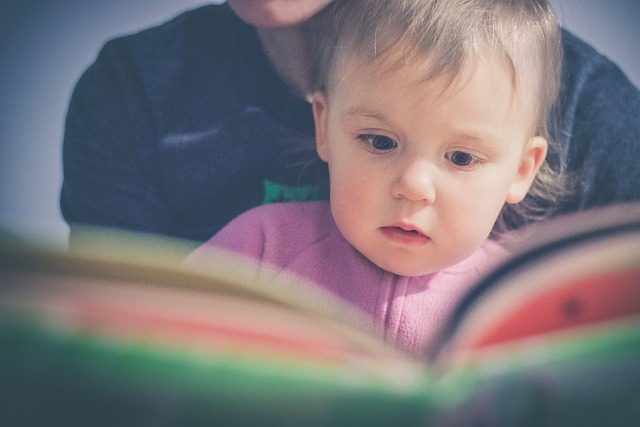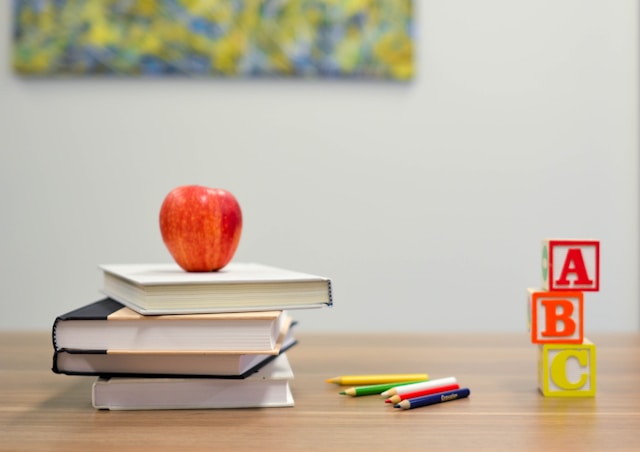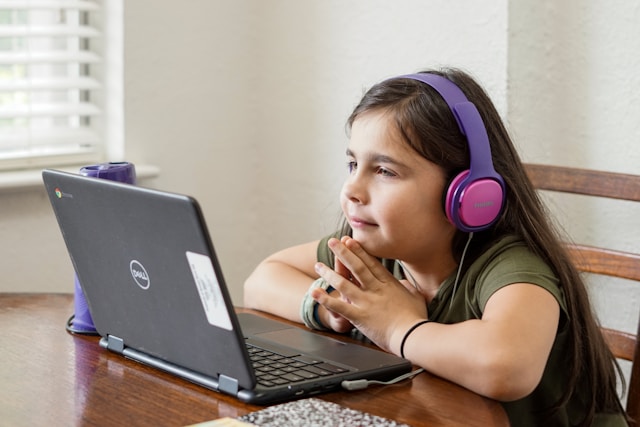Phonics Word Families | Detailed Guide To Teach Kids At Home

Imagine words like a big, happy family! Just like your family has parents, siblings, grandparents and even distant cousins, words have their own families too. We call these Word Families.
There are so many things that come under the word families. In this blog we will tell you about what, why, when and where they can be used.
Did you notice, the words in the previous sentence all belong to the “wh” family words. ‘Wh’ word family words are mostly question based words. And this is how most word families are formed, with common meaning or usage or even sound of words.
So, let’s get into the details of word families.
What exactly is a Word Family?
Word families are groups of words that share a common "root" or sound. Much like a family tree! The root is the parent word, and adding things like "un-" or "-ing" grows new words like branches. They all share something special – usually a common root or base word. Word families are used for teaching spelling and building vocabulary!

Let us elaborate it a little more for better understanding.
Think of the root as the family name, it's what gives the words a familiar feel, even if they sound different. They all carry the same basic meaning, even though they have different jobs in the family.
For example, the root "at" is the grandpa of words like, ‘cat, mat, rat, sat, etc.
Imagine words like 'happiness' and 'unhappy' as brothers and sisters. They come from a word family called Prefixes and Suffixes. The main word 'happy' is like their parents. It's cool because even though they mean different things, you can tell they're part of the same word family. And like any good family, there are even distant cousins. These are words that might not look exactly like the others, but they still have a hidden connection to the root. For better understanding, we have a specialized kit that will cover up all the concepts of phonics including word families including word families.
When do children start learning about Word Families?
Children begin encountering word families as early as infancy, though they won't formally learn about them until preschool or kindergarten, around the ages of 3-5. Learning about word families can help children in a variety of ways, including improving their reading, writing, and spelling skills. Here are some fun activities for phonics learning.
Here's a breakdown of a possible timeline:
Infancy (0-18 months): They start to babble and experiment with sounds, often stringing together syllables that sound like familiar words or parts of words (e.g., "ba-ba-ba," "da-da-da").
Toddlerhood (18 months-3 years): Toddlers' vocabulary explodes, and they start to actively learn sounds & formation. They may notice similarities between words, such as "cat" and "bat" but they won't yet understand technical concepts like word families.
Preschool/Kindergarten (3-5 years): This is when children are formally introduced to word families and phonics. Teachers and parents can use games, songs, and activities to help children identify words that share common sounds or patterns, such as rhyming words or words with the same ending (e.g., cat, hat, bat).
Elementary School (6-11 years): Children's understanding of word families becomes more sophisticated. They can identify and use prefixes, suffixes, and root words to build new words and understand the relationships between them. Your child can do some amazing activities with our Free resources you can find on word families and phonics.
Now that we have a clear understanding of word families, let's look at its importance.
Why learn about Word Families?
Seeing the patterns in language that link words to each other is helpful when it comes to reading, writing and spelling. Knowledge of word families makes spelling and identifying words easier. Being able to identify the root word will help children to be able to spell other words and build a strong vocabulary.
The National Council of Teachers suggests that English has 37 common word families. The 37-word families are ack, ain, ake, ale, all, ame, an, ank, ap, ash, at, ate, aw, ay, eat, ell, est, ice, ick, ide, ight, ill, in, ine, ing, ink, ip, it, ock, oke, op, ore, ot, uck, ug, ump, and unk.
These help children to understand how to read and build vocabulary through repetition. It also allows children to recognise common phonetic sounds. Phonics is the foundation that children build on for their spelling techniques. At ClassMonitor, we have Phonics Live Class designed by experts for teachers and home educators. Our comprehensive range of Phonics lessons will save your valuable time, and make learning fun and engaging for your children. In these live classes your child will learn to spell and pronounce many words of the English language.
How can you teach children about word families?

For children to retain the information on word families, it's best to introduce them one at a time. This means they'll remain on that particular set of words and be able to remember the patterns and sequences associated with each distinct word family. Going easy with letter blends and CVC words will help your child understand the basics of word families.
Here’s a simple outline for you.
1.Start small! Choose easy words with only one sound, like "cat," "hat," and "bat."
2.Make a big chart! Draw pictures or write the small words on a poster everyone can see. This reminds everyone of the word family.
3.Play word games! Can you think of other words that sound like these? Make silly sentences, sing songs, or draw pictures of the words coming from a "family tree."
4.Have fun! Learning is best when it's exciting. Get silly, make up stories, and use your imagination to bring the words to life.
You might like to check out this video below, where our early education expert, Mrs.Kiran Muchhal will talk about Letter blends. She is an accomplished early childhood educator with over two decades of experience. In this video you will learn about Letter blends. There are two or more consonants that are pronounced together in a word, with each letter retaining its individual sound. For example, the word "splash" contains the letter blend "spl" which is pronounced as a single sound, but is made up of the individual sounds of the letters "s" and "p". Watch the full video to understand more.
https://youtu.be/2CmOsRFKVAk?si=jhAf7RZxux7Vyyaf
If you're teaching your child or class about word families, then you've come to the right place. At ClassMonitor we have plenty of free resources on this topic to support and help your children understand what word families are all about.
So, there you have it! Word families: a fun way to grow your vocabulary, learn to read and spell. Next time your child hears a new word, see if they recognize any familiarity in the word family. Mastering words isn't a solo adventure – it's a family affair! Learning about word families, with their shared roots and playful changes. Enjoy the word family with your family!




